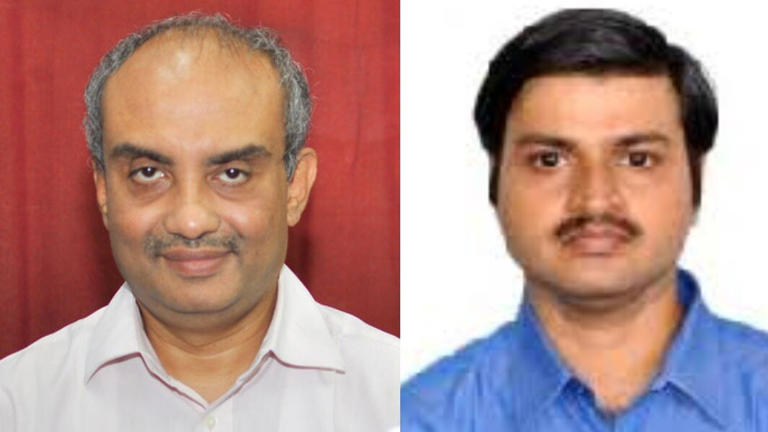My dear young scientists! Surely, like many of us, you too have often gazed up at the sky, especially during the night, and wondered. As you watched the distant twinkling stars, the planets - much like our Earth, which orbits around the Sun - and marveled at our very own dear Moon, you must have pondered over the secrets it might hold. These secrets have perplexed humans for many thousands of years since they first learned to think and wonder aloud, seeking answers to satisfy their curiosity.
If you've ever contemplated at the Moon lovingly and longingly, as the poets did in the past and penned beautiful poems or painted scenes that stirred the heart, it hasn't stopped you from wondering why it looks a bit different from what our ancestors saw. Then surely, you're not alone
One of the fascinating things about our Earth-Moon system is that the Moon is actually moving away from us, ever so slowly. In this article, we'll explore the cool science behind why this is happening.
The Moon's Silent Journey:
The Moon, which is our Earth's only natural satellite, is the nearest heavenly body that has been our constant companion for billions of years. It's the reason we have tides, and it lights up our night sky with its gentle glow. But did you know that the Moon is on a silent journey away from Earth? It's moving farther away from us at an average rate of about 1.5 inches (3.8 centimeters) per year.
Tidal Forces at Play:
So, what's causing this cosmic journey? It's all about something called "tidal forces." Tidal forces are the result of the Moon's gravity pulling on Earth, creating bulges in our planet's oceans. These tidal bulges might not be very noticeable, but they're there.
Here's the interesting part: Earth rotates faster than the Moon orbits around us. Imagine you're spinning in a swivel chair while holding a ball. As you turn, you'll feel a force trying to pull the ball out of your hand. That's somewhat like what's happening with Earth and the Moon.
Transfer of Angular Momentum:
The Moon's gravitational pull doesn't just create ocean tides; it also exerts a force on these tidal bulges. This force acts slightly ahead of the Moon's position in its orbit, creating a torque. Torque is just a fancy word for a twisting force.
This torque is responsible for transferring angular momentum from Earth's rotation to the Moon's orbital motion. In simpler terms, Earth is slowing down its rotation a tiny bit, and the Moon is gaining speed in its orbit. As a result, the Moon moves into a higher and more distant orbit from Earth.
The Long-Term Picture:
While it might seem like the Moon is in a hurry to leave us, don't worry! This process is super slow and happens over millions of years. In fact, billions of years ago, the Moon was much closer to Earth.
Conclusion:
So there you have it, young astronomers! The Moon's journey away from Earth is a natural consequence of the fascinating world of gravitational forces and angular momentum. While we won't see any big changes during our lifetime, it's a reminder that our universe is always in motion, and there's so much more to discover out there. Keep looking up at the night sky, and who knows what other cosmic wonders you might uncover in the future!
